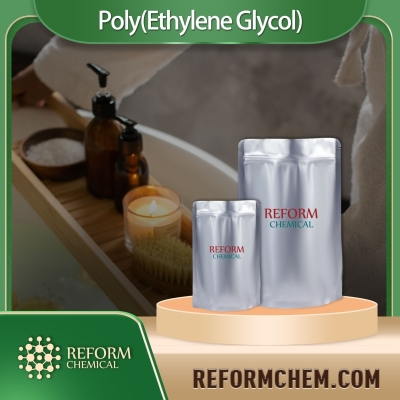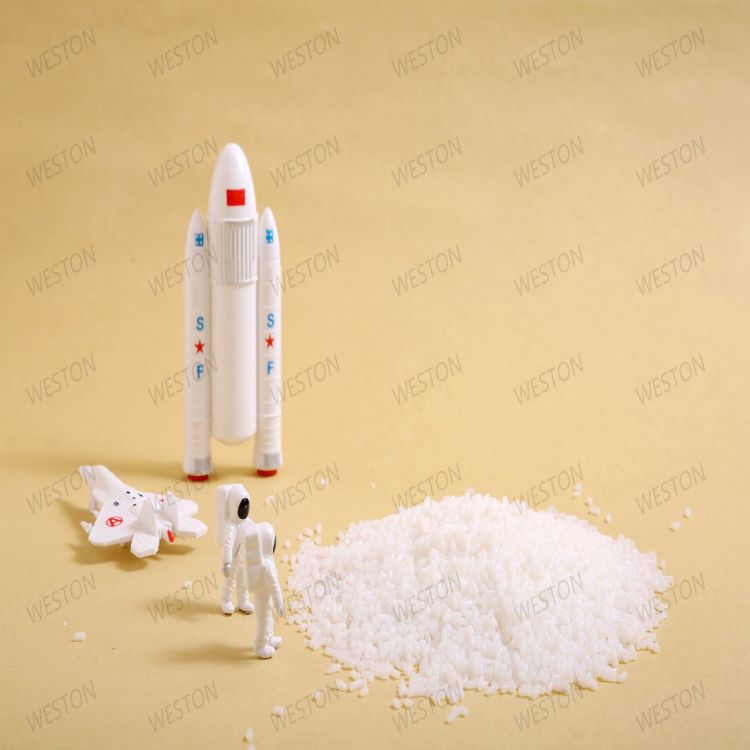-
Categories
-
Pharmaceutical Intermediates
-
Active Pharmaceutical Ingredients
-
Food Additives
- Industrial Coatings
- Agrochemicals
- Dyes and Pigments
- Surfactant
- Flavors and Fragrances
- Chemical Reagents
- Catalyst and Auxiliary
- Natural Products
- Inorganic Chemistry
-
Organic Chemistry
-
Biochemical Engineering
- Analytical Chemistry
-
Cosmetic Ingredient
- Water Treatment Chemical
-
Pharmaceutical Intermediates
Promotion
ECHEMI Mall
Wholesale
Weekly Price
Exhibition
News
-
Trade Service
Promote emission reduction process, develop low-carbon technology, promote low-carbon raw materials, promote multi-energy coupling, and carry out CCUS research and development
Promote emission reduction process, develop low-carbon technology, promote low-carbon raw materials, promote multi-energy coupling, and carry out CCUS research and developmentUnder the dual-carbon goal, relying on technological innovation to comprehensively improve the quality and level of green and low-carbon development in the entire industry has become an industry consensus
.
"To achieve the dual-carbon goal, it is necessary to intensify low-carbon technological innovation, vigorously promote clean fossil energy through technological innovation, reduce resource and energy consumption, and accelerate the pace of green transformation
One is to vigorously promote advanced and efficient energy-saving and emission-reduction technologies to improve the efficiency of energy resource utilization
.
.
Focusing on industries such as oil refining, fertilizers, calcium carbide, coal chemical industry, chlor-alkali, inorganic salts, etc.
, develop and promote high-efficiency and deep processing technology for residual oil, large-scale advanced coal gasification technology, low-rank coal classification and quality utilization technology, and pneumatic fluidization tower method.
Clean production technologies such as sodium dichromate clean production technology, semi-aqueous and dihydrate wet phosphoric acid technology; actively adopt high-efficiency catalytic technology, process enhancement technology, distillation separation technology, etc.
to transform existing process equipment; focus on promoting energy system optimization technology, Energy-saving technologies and equipment such as heat pump technology, thermal pinch technology, waste heat cascade utilization technology, circulating cooling water overall optimization technology, membrane separation technology, efficient rectification efficiency improvement technology, new energy-saving equipment, etc.
; strengthen waste tires, waste plastics, waste catalysts Recycling; improve the efficiency of resource and energy use, and realize energy saving and consumption reduction
.
The second is to make great efforts to develop green and low-carbon technologies and reduce the intensity of carbon emissions
.
.
Low-carbon technology is an important driving force for the petroleum and chemical industries to reduce the total amount and intensity of carbon emissions
.
For example, in terms of refining, the development of molecular refining technology, direct cracking of crude oil to produce chemicals, and electric heating of naphtha cracking to produce ethylene
The third is to strive to increase the low-carbon ratio of raw materials to achieve source emission reductions
.
.
Using light hydrocarbons and natural gas as raw materials for the production of methanol and low-carbon olefins can shorten the process production process and reduce carbon emissions
.
Use renewable biomass as raw materials to produce bulk chemicals and fine chemicals to reduce the consumption of fossil raw materials, such as the development of bio-based polyester, bio-based polyurethane, bio-nylon, bio-rubber, bio-based lubricants, bio-based regenerated fibers, and bio-based materials.
The fourth is to actively promote the coupled development of hydrogen energy, wind power, photovoltaics and other energy sources to build a low-carbon energy system
.
.
Realize the complementary integration of petroleum-based and coal-based energy chemical industry with renewable energy and clean energy through technological innovation
.
The petroleum and chemical industries use a large amount of hydrogen as a raw material, and make full use of green hydrogen to replace gray hydrogen to reduce CO ₂ emissions
₂ ₂
The fifth is to carry out solid research on CO ₂ capture, storage and utilization technology to provide the ultimate means for achieving carbon peak and carbon neutrality
.
.
₂
CO ₂ capture, storage and utilization technology (CCUS) is an important means for China to reduce CO ₂ emissions, ensure energy security, and achieve sustainable development in the future, and it is also the ultimate means for the industry to achieve carbon neutrality
.
Many units in China have carried out CCUS technology research and made positive progress
₂ ₂ ₂ ₂
At present, on the one hand, it is necessary to carry out research on a new generation of large-scale low-energy CO ₂ capture technology, CO ₂ flooding utilization and storage technology, CO ₂ safe and reliable storage and monitoring and transportation technology; on the other hand, focus on the development of CO ₂ chemical conversion and utilization Technology
.
Chinese scientists have been at the forefront of the world in the research of CO ₂ resource utilization
.
The team of Academician Li Can of Dalian Institute of Physics, Chinese Academy of Sciences uses solar energy to split water to produce green hydrogen, hydrogenate CO ₂ to produce methanol, and convert and store renewable energy in liquid fuels
.
Oak shares with the CAS process jointly developed ton CO.
'S ₂ with ethylene oxide, ethylene carbonate was synthesized products demonstration means mainly used for new energy lithium battery electrolyte solvent
.
In addition, many universities and scientific research institutions in China have carried out research on various forward-looking technologies such as CO ₂ aromatics, methanol, carbonate, rubber, DMF, bio-based chemicals, and CO₂ hydromethanation technology, and have made positive progress
.
₂ ₂ ₂ ₂ ₂ ₂ ₂ ₂







